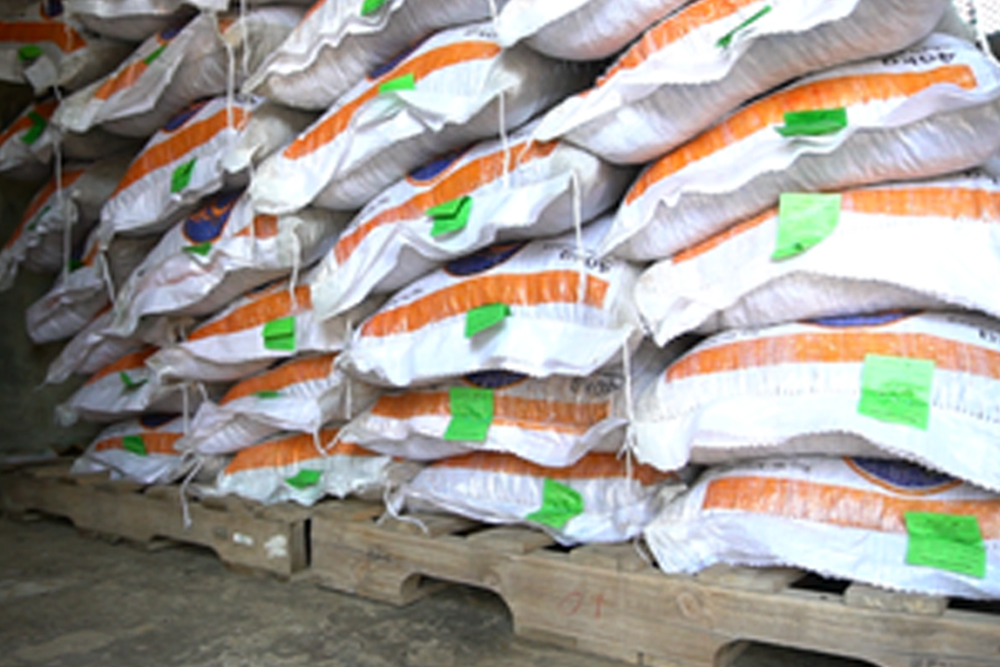FATTENING OF CATTLE FOR EID AL ADHA
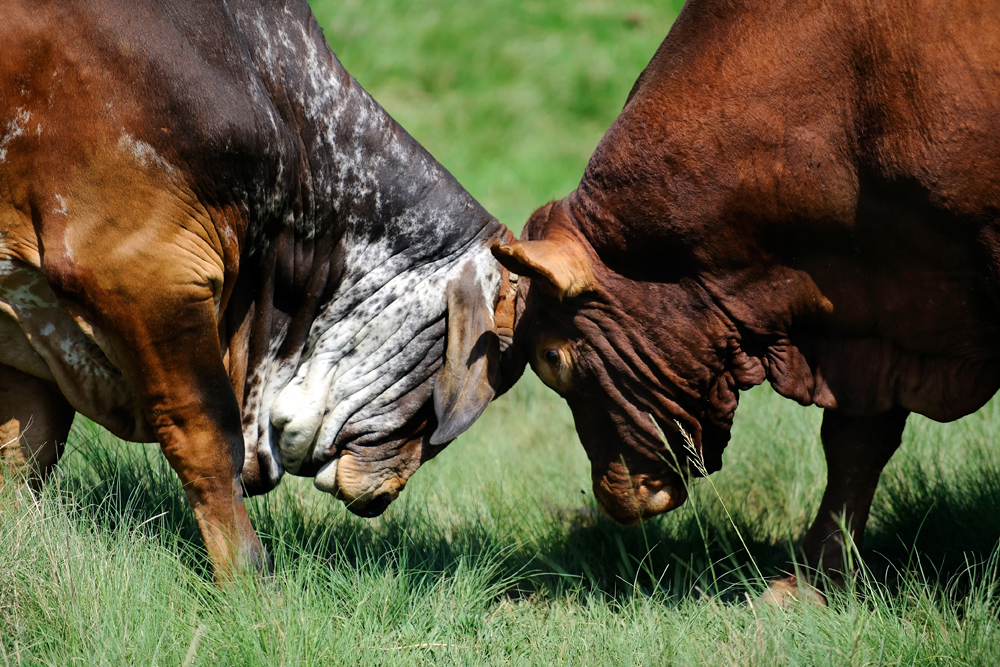
Animal Breed:
While you are going for fattening farming, breed selection is the most important thing that you need to consider. After breed selection, you must be capable enough to evaluate the animal for fattening, taller animals, having larger skeletal and body depth are preferred choices
High feed & forage quality shows higher intake of feed that results in better wright gain. If the quality of forage is low, it may not pass out of the rumen quickly thus taking longer time to digest.
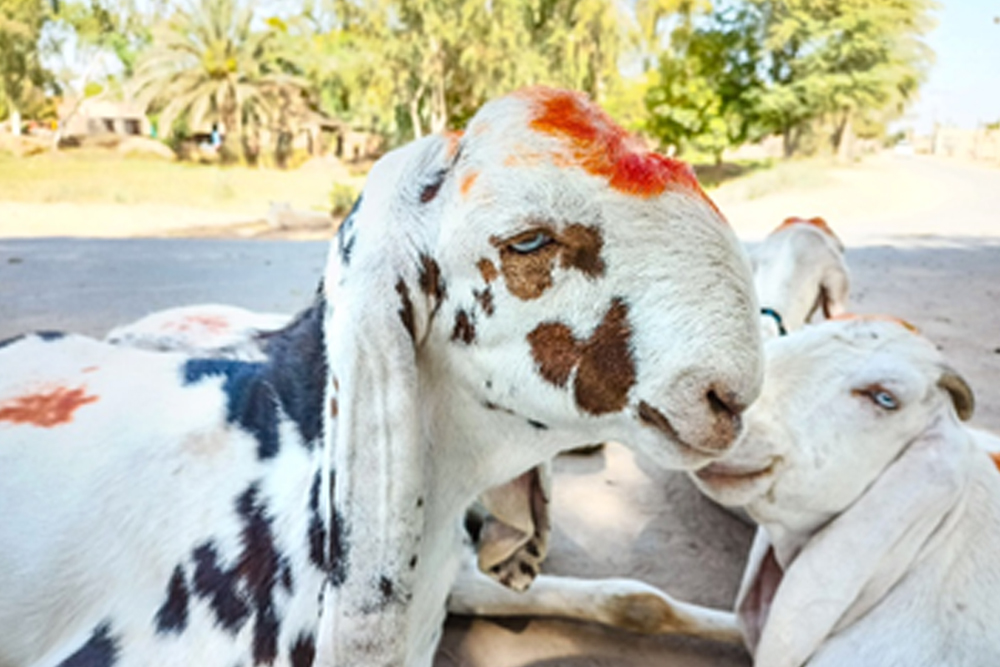
We maintain the integrity of Dasan Fattening Feed / Dasan Fattening Wanda/ Dasan Meat Wanda, by only using premium quality raw materials, we have strong relationship with a wide range of suppliers worldwide and are continually looking for competitive and best quality products globally, to use in our rations.
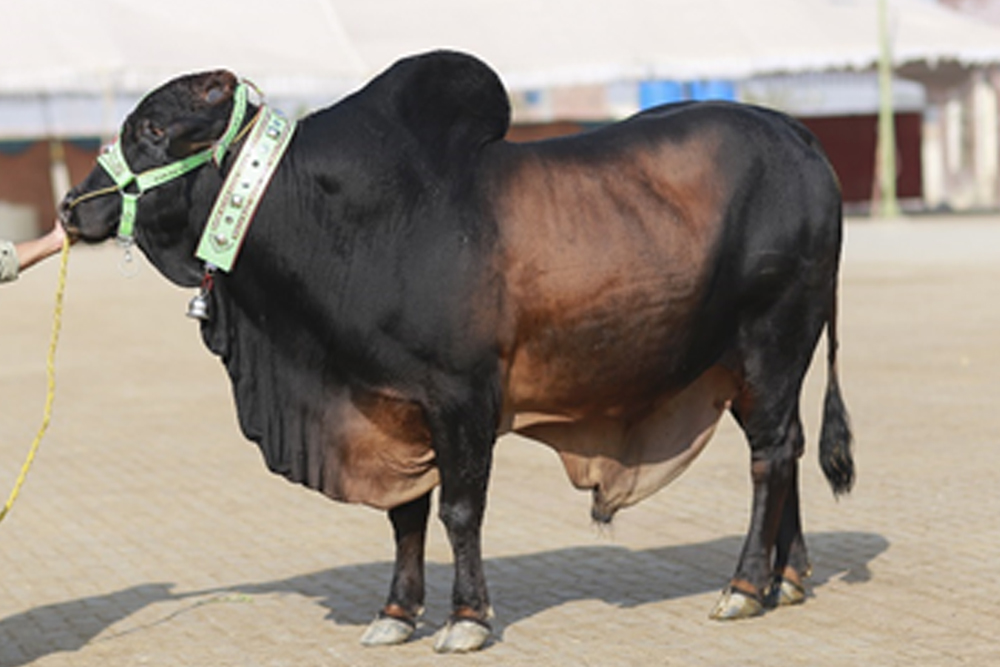

Fattening animals are normally being fed twice in a day, in the morning and in the evening. Different studies have shown that by increasing the feed frequency specially in summers as much as 6 times in 24 hours, in intervals, has direct positive impact on animal production both in dairy and fattening animals.
Over & Under Feeding:
Once you have chosen good quality of feed but you are not feeding its recommended quantity, your animal will not gain
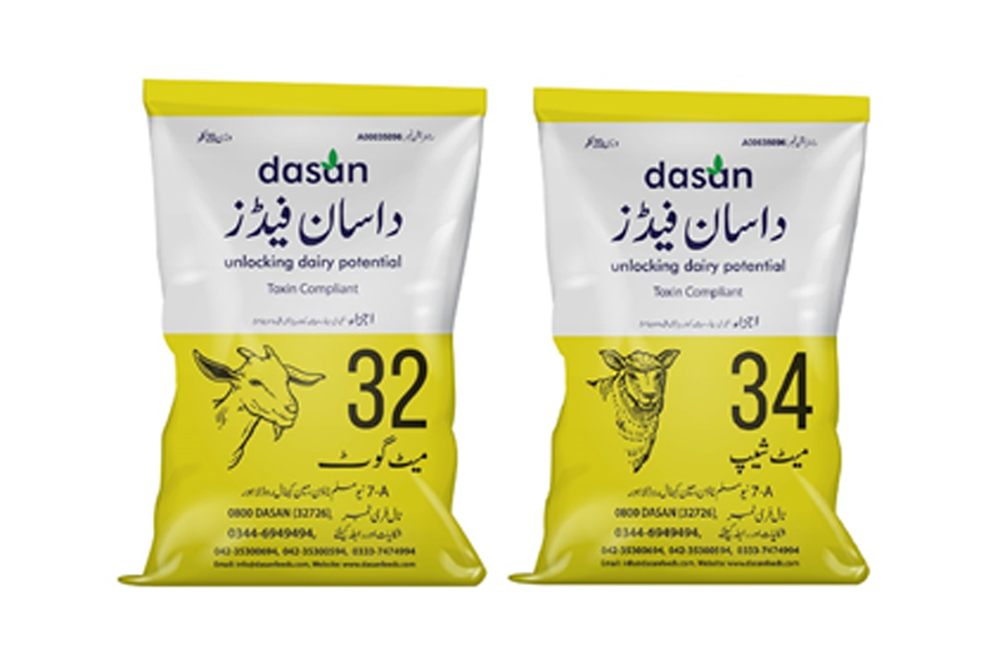
The availability of 24/7 clean fresh water for the animals allows optimal animal performance, production and maintains health. Animals dry matter intake is also directly linked with water. If there is availability of less water, the animal may not be able to take enough dry matter.
Proper housing is very important, proper housing and affiliated facilities impact animal performance, So proper arrangement should be done to prevent animals from extreme hot as well as cold weather.
When temperature rises, feed intake in cattle automatically get lowered. This may result in bad health and less dray matter intake. To overcome this issue, farmer must provide a cool shady area for animals, sprinkle water to keep them cool. Feed should be provided more frequently in day Increasing feed frequency is a good option to avoid heat stress in dairy cattle.
Preventing heating of feed
While providing feed to cattle in their feed bunks, it should be kept in mind that feed is not heated up especially during summer months. If feed will remain there for longer time it will get stale and cattle will not use it. Refill the feed bunks frequently with less volume to avoid feed loss and to enhance feed intake.
